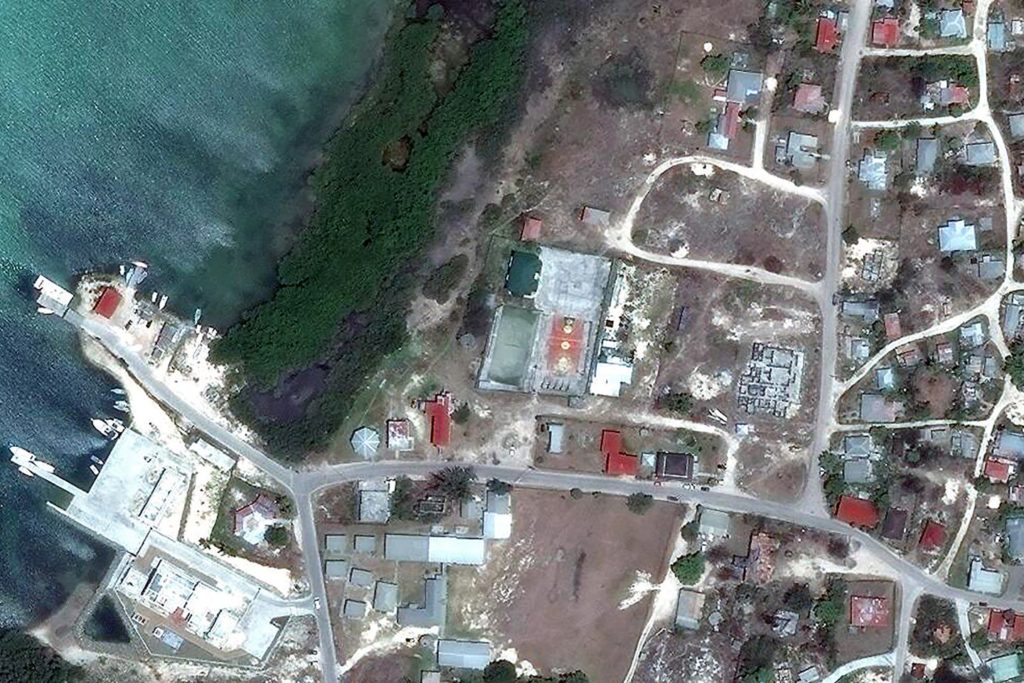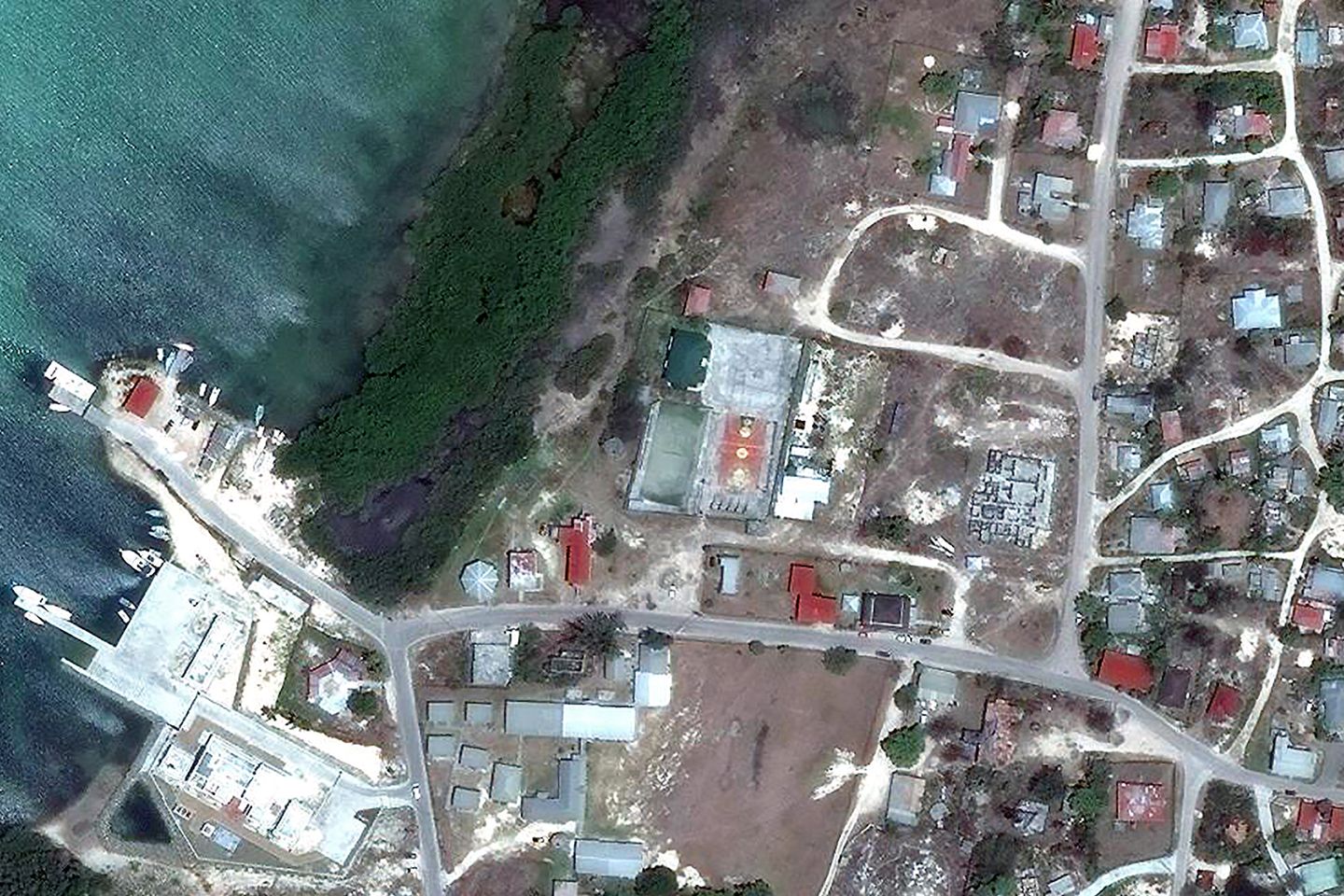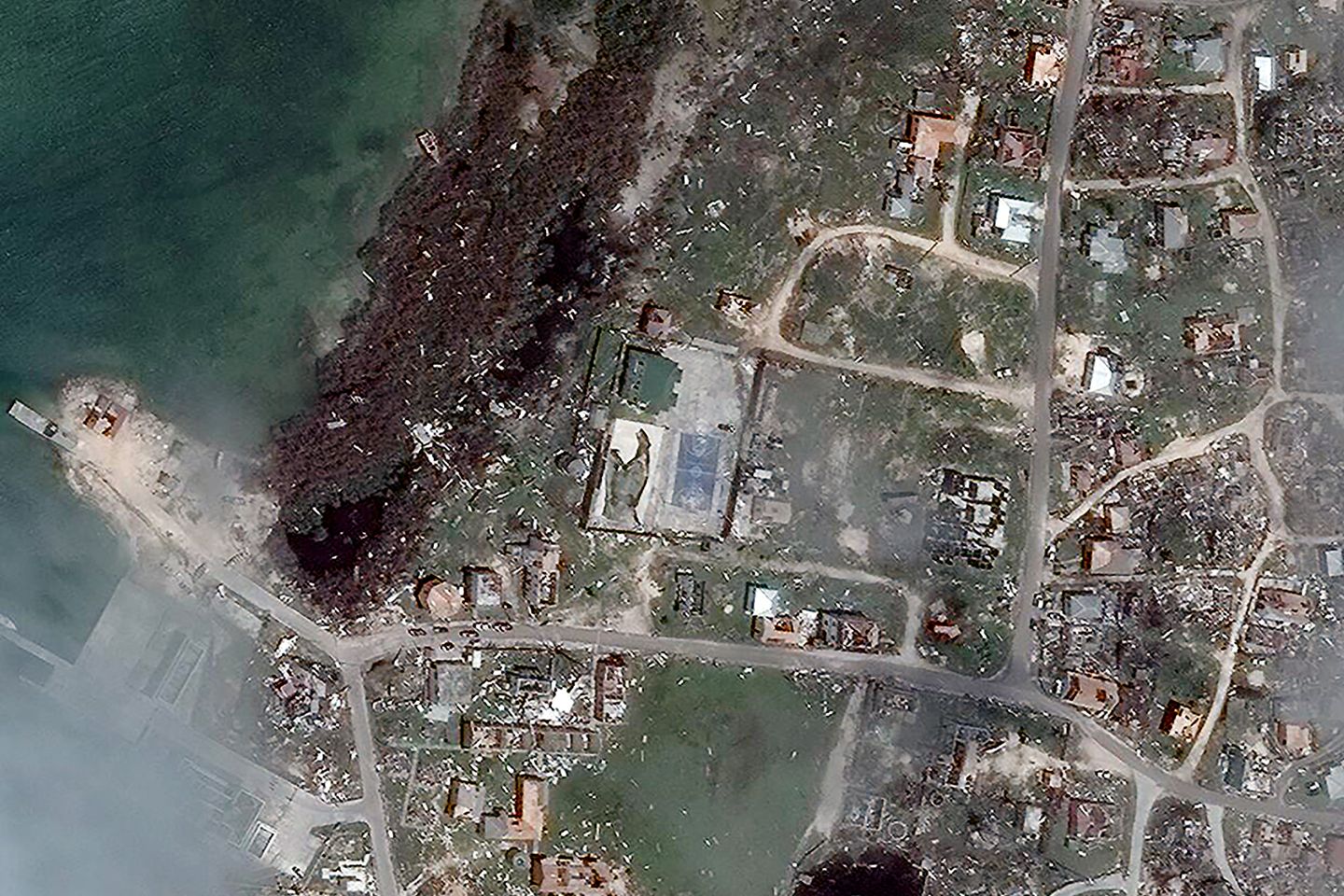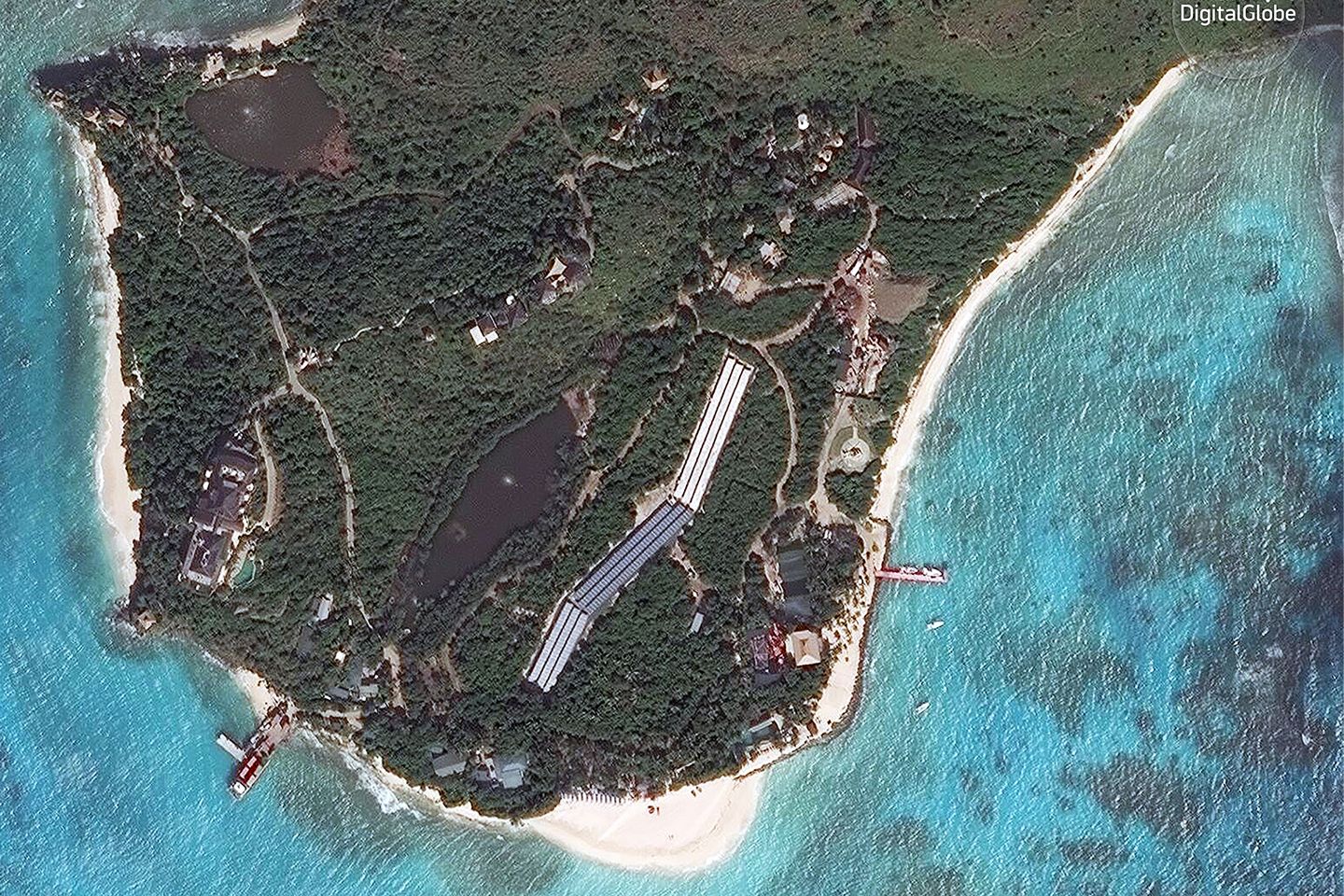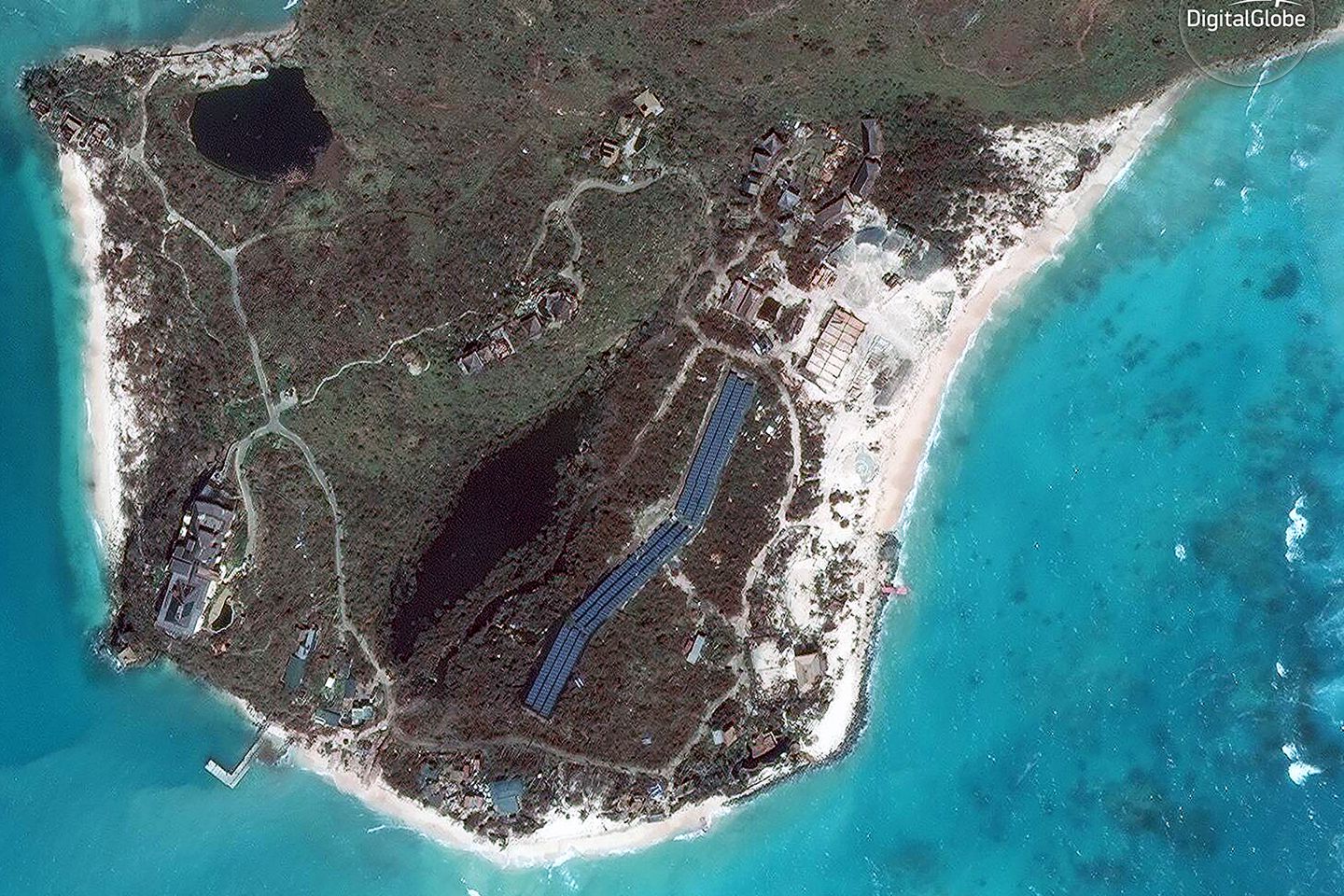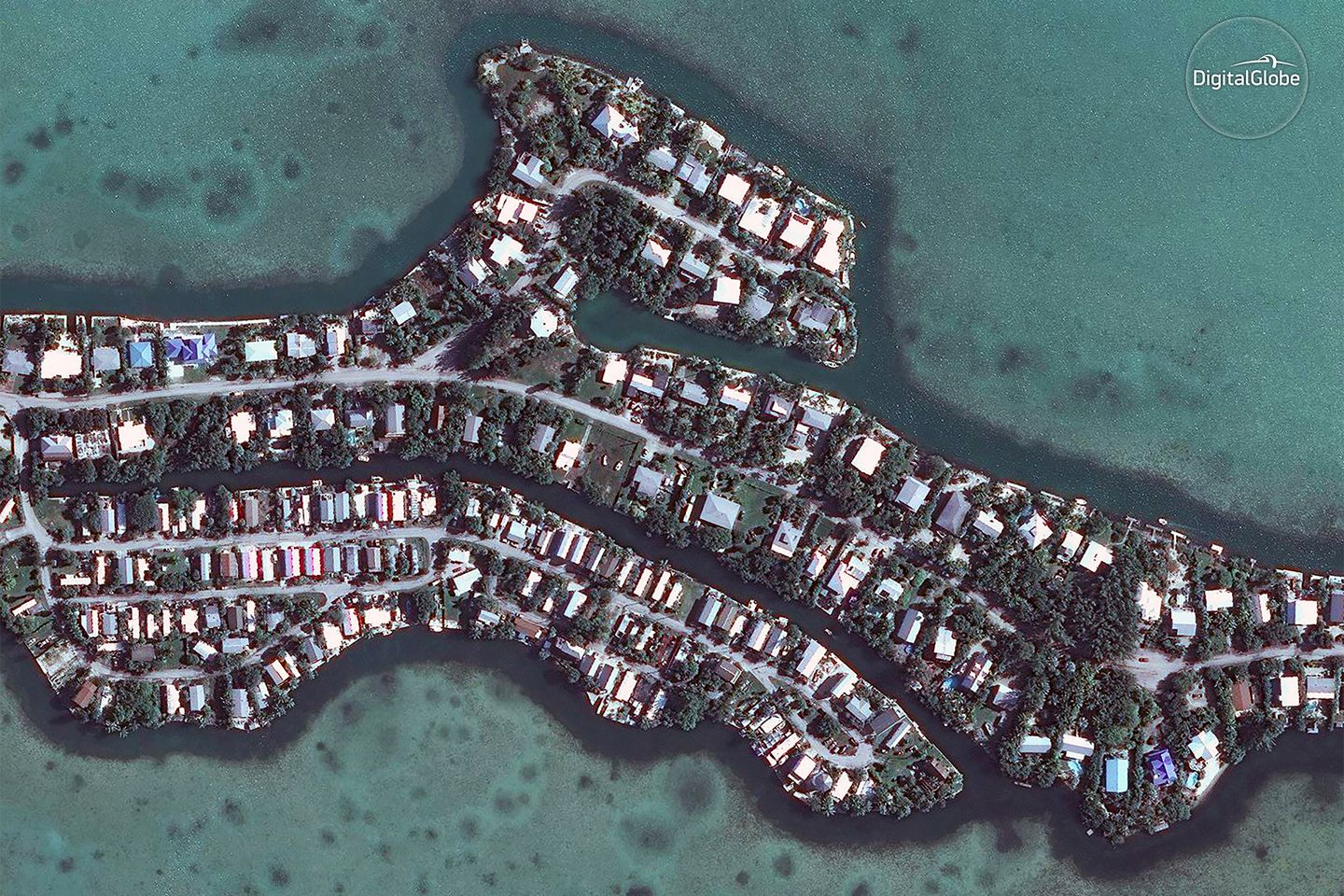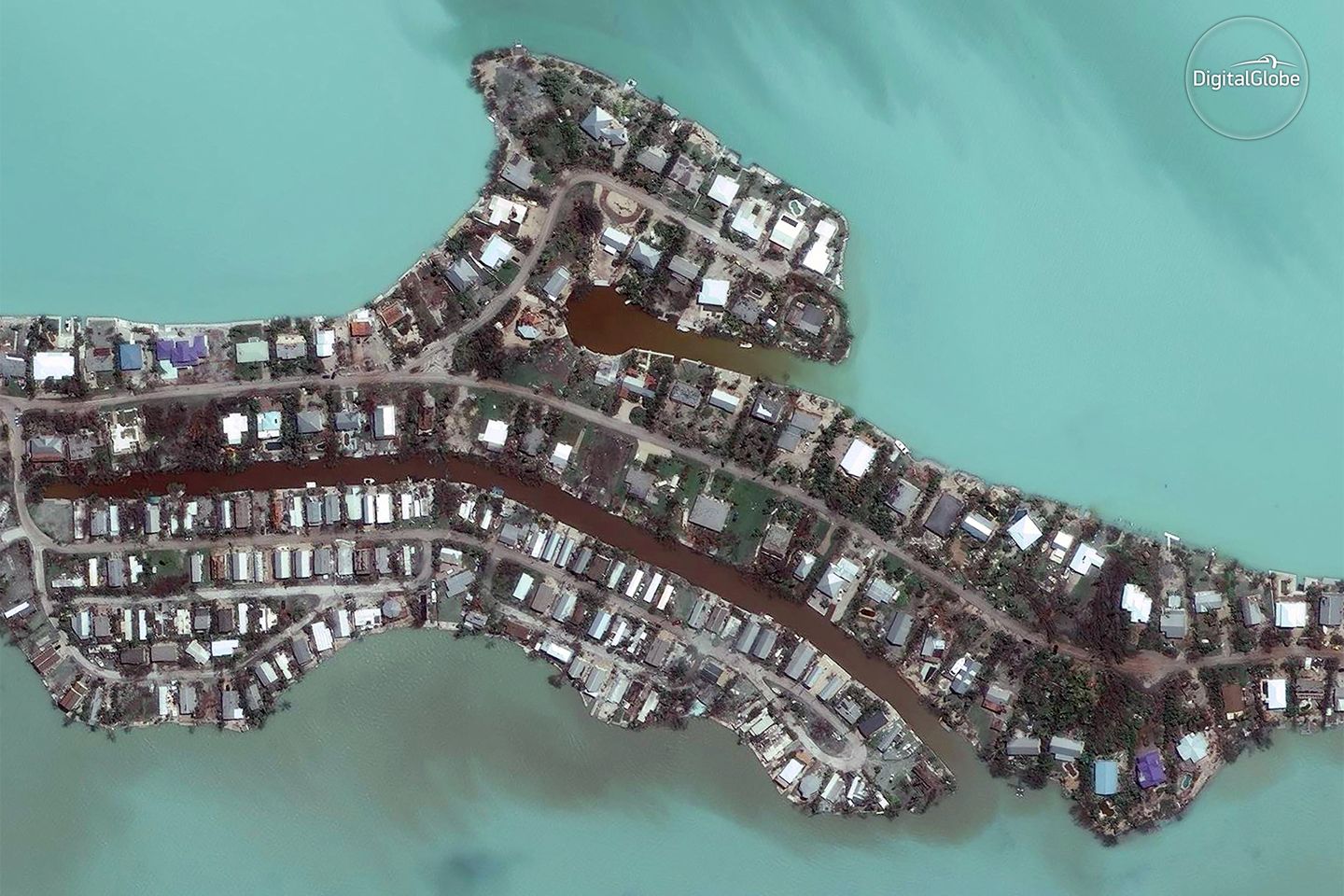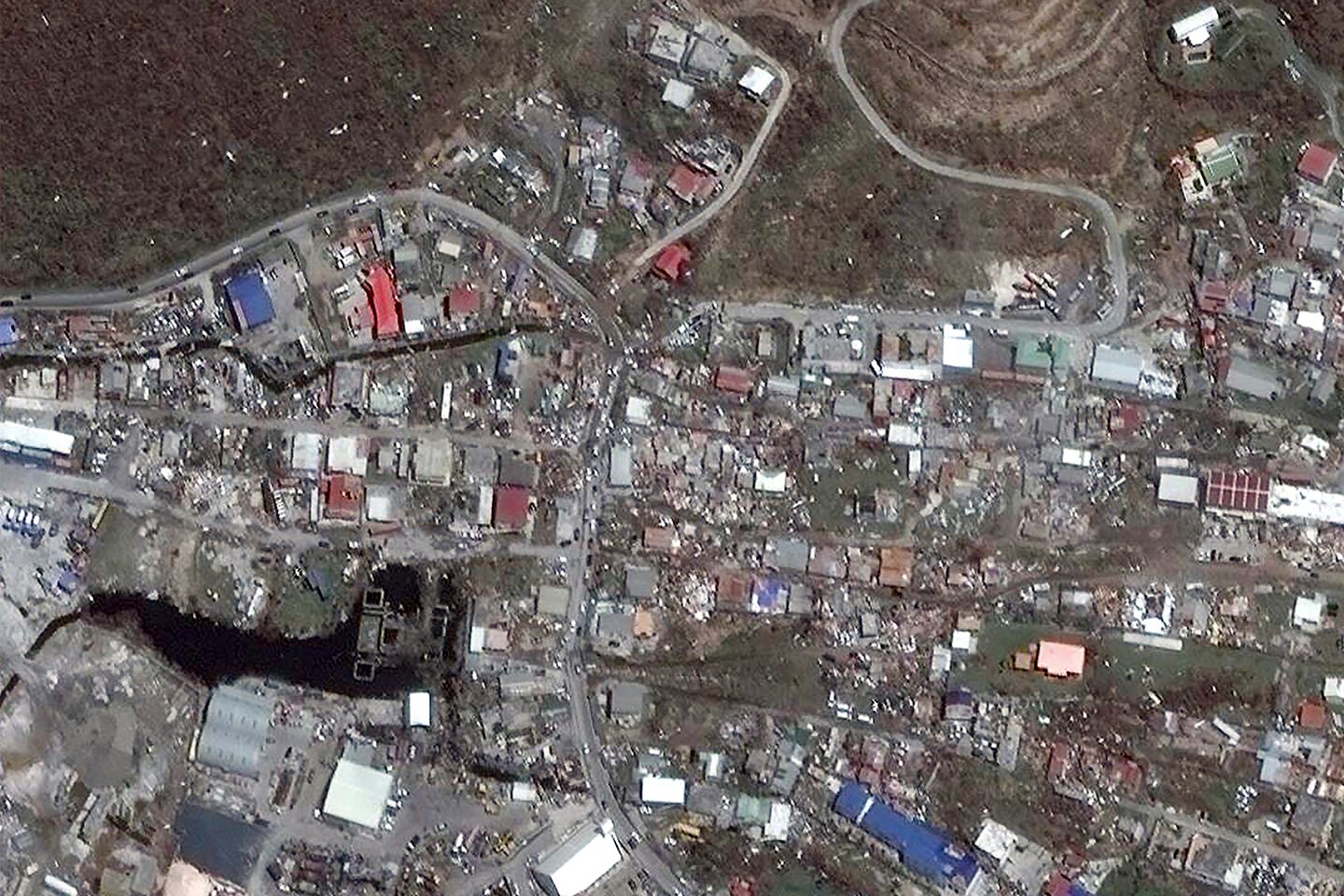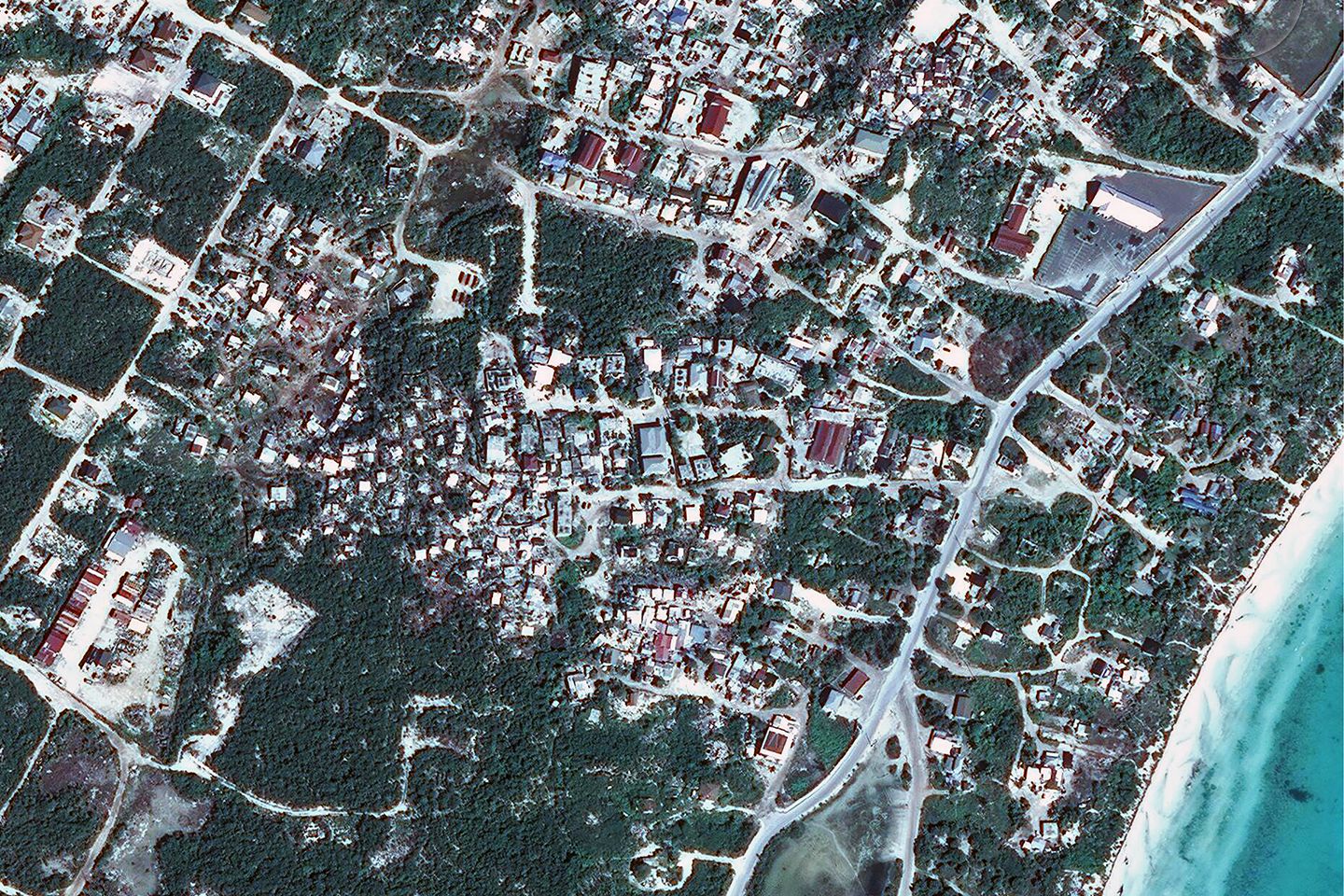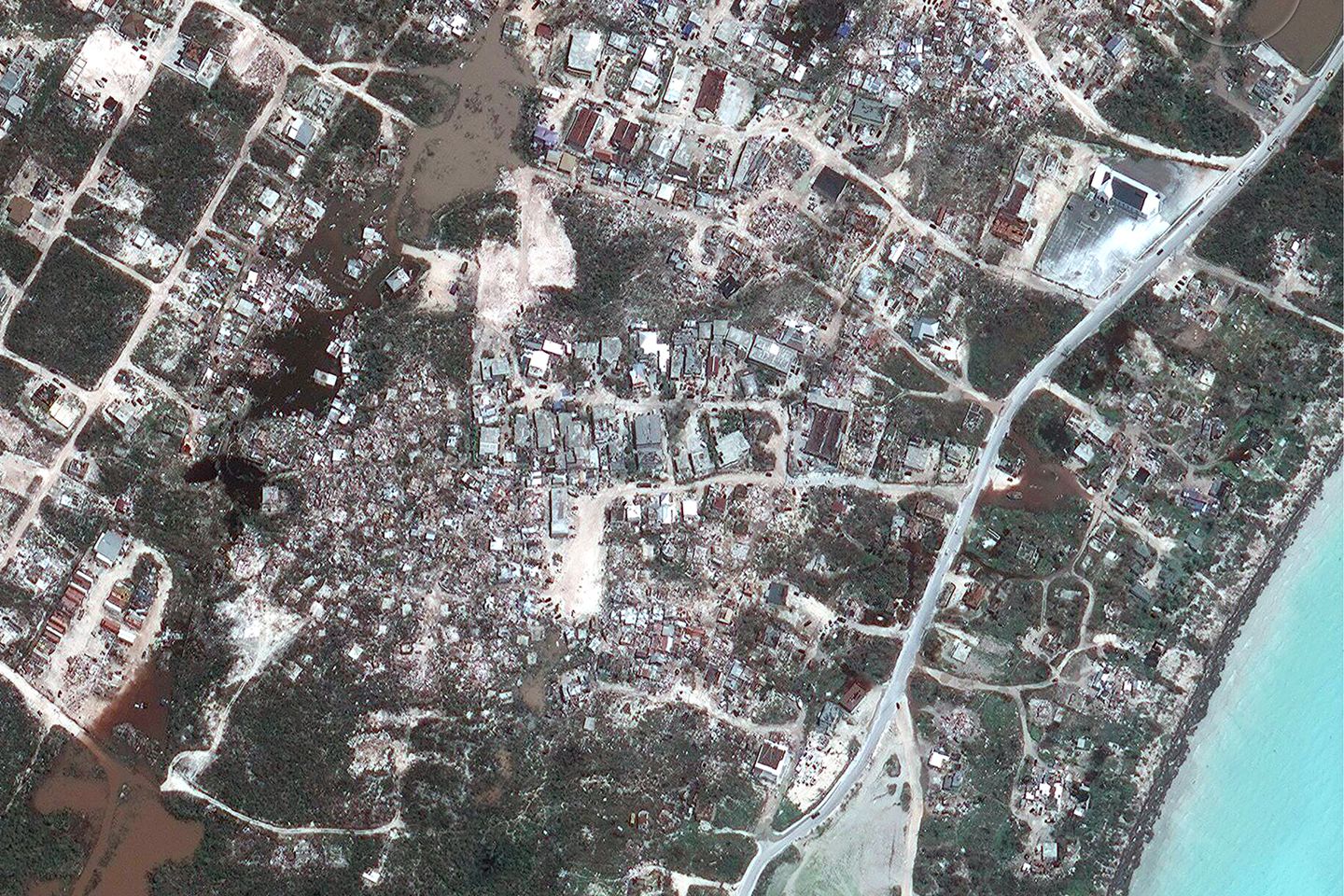
MOOC – the 1st ESA’s launch on Radar Remote Sensing
With the advent of drones and drone mapping, remote sensing has now finally entered mainstream usage. A large community of people are already using optical remote sensing to keep track of their farms and many other cool applications. “Echoes from space”, the 1st MOOC on Radar Remote Sensing by the European Space Agency (ESA) promises to provide us with a deeper understanding of a technology that will definitely enter the market sooner than later. “Echoes from Space” is designed to educate and inspire a new generation of Earth observation professionals. This course offers an in-depth exploration of radar technology and its applications in monitoring and understanding Earth’s surface.
Echoes in Space
The course is set to begin in October and is spread over 5 weeks (3 hours a week). You can already enrol for the course at ESA’s EO College website. The five modules in the course are shown in the screenshot below. EO College is a platform dedicated to providing high-quality, accessible education on Earth observation and remote sensing technologies. Its courses, designed by experts in the field, cover a wide range of topics from basic principles to advanced applications, catering to both beginners and experienced professionals.
If you enjoyed this article on ESA’s launch, read more and subscribe to our monthly newsletter!





